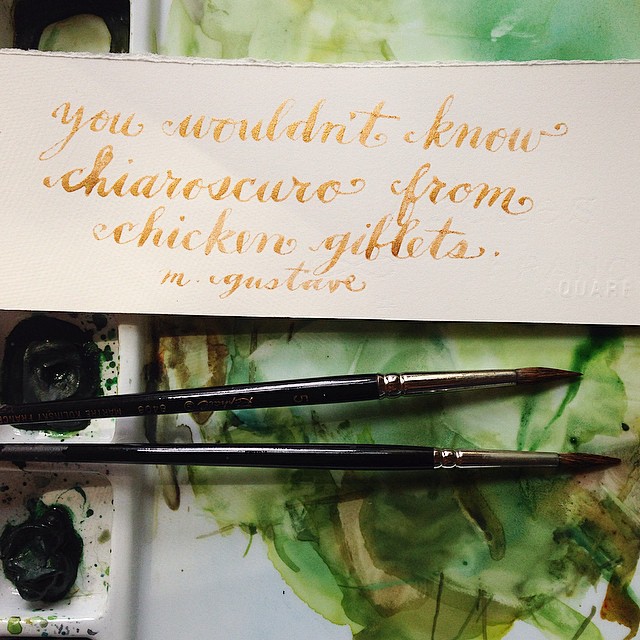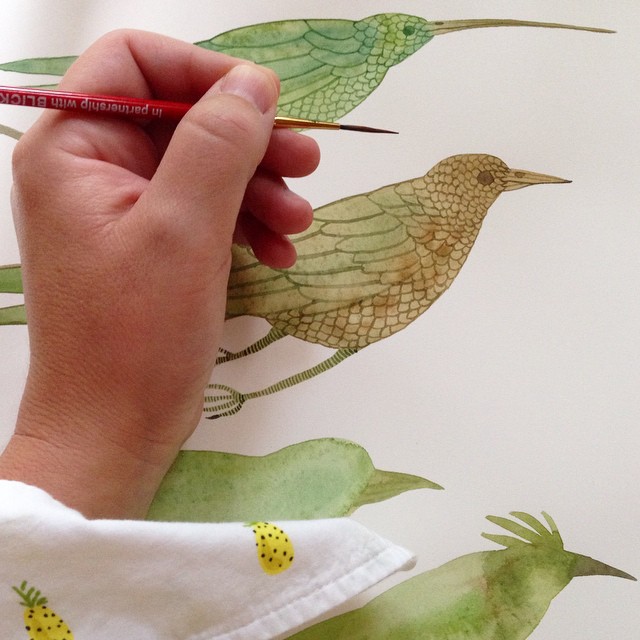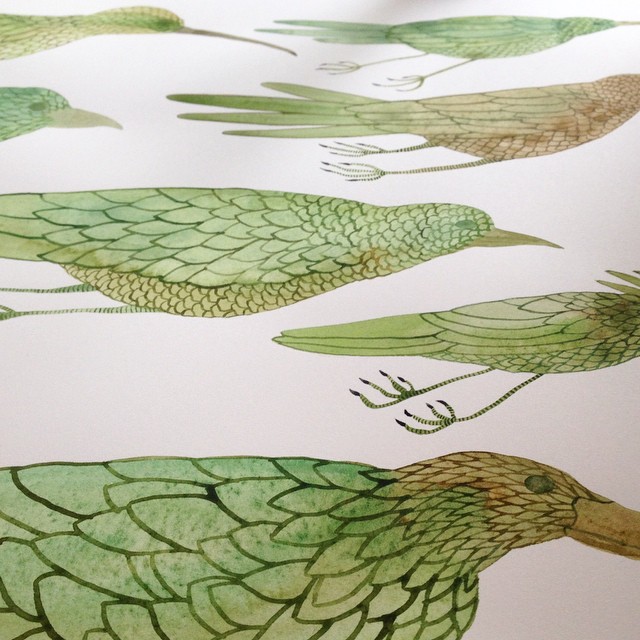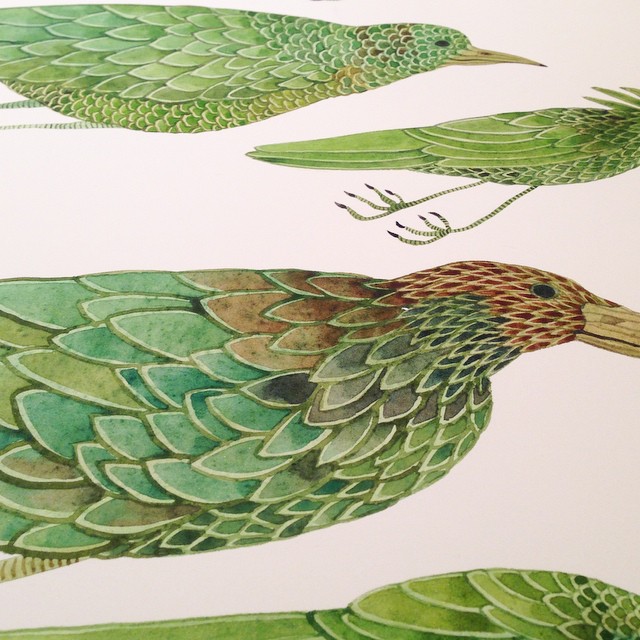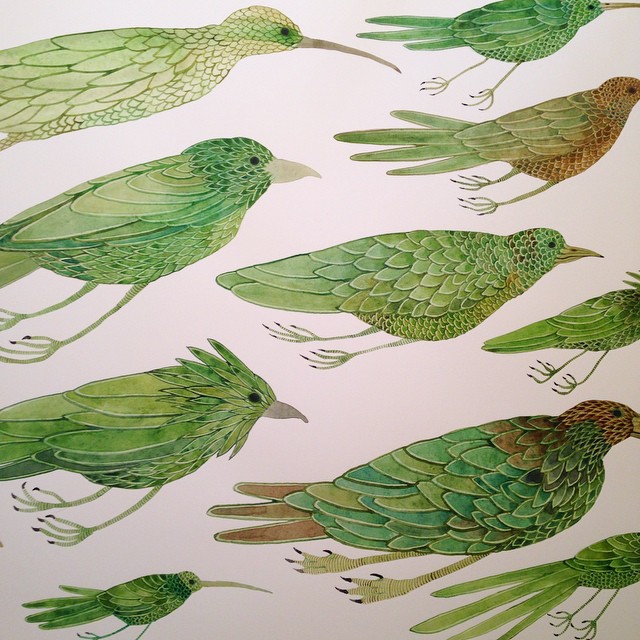Changes afoot. The long wait finally over!
After about 12 days I noticed the slightest change in color on the oldest chrysalis.
Only two hours later and I could see the pigmentation of the wings.
Early the next morning the chrysalis had turned dark and transparent.
By mid morning the butterfly emerged or eclosed as they say in lepidoptera talk.
It only took a minute or so. It happened very fast and I nearly missed it.
The monarch hung upside down from its chrysalis.
Busy at first, doing butterfly things and then quietly resting.
It's hard to believe that one month ago this beautiful butterfly
was an egg the size of a pin head.
First the butterfly unfurled his proboscis,
a tubular straw-like mouth part used to slurp up nectar,
and then extended his wet wings which takes about four hours
to dry and harden before he can actually fly.
This Monarch butterfly was a male. I called him King Louis XIV, the sun king.
He has two noticeable black spots on the outside of his hindwings which females don't have.
In late afternoon I picked up Louis and set hime free near some lovely nectar plants.
He flew right up into a tree. No long goodbyes.
Louis is part of the great generation, the fourth and last generation of
monarch butterflies for the year. The monarch butterflies of the great generation
travel thousands of miles to their wintering grounds in the
Sierra Madre Mountains of Mexico where millions of monarchs gather together
by the end of October and hang like jewels from the trees in the forest
roosting until next spring when they begin all over again.
Bon voyage, Louis!
***
Monarch numbers have been rapidly declining every year for the last ten years.
Imagine that they once covered over forty acres of land in their winter roosts
and now only cover two acres or less.
If you are interested in helping to save the Monarchs,
either by planting milkweed and nectar plants,
or raising them next season,

